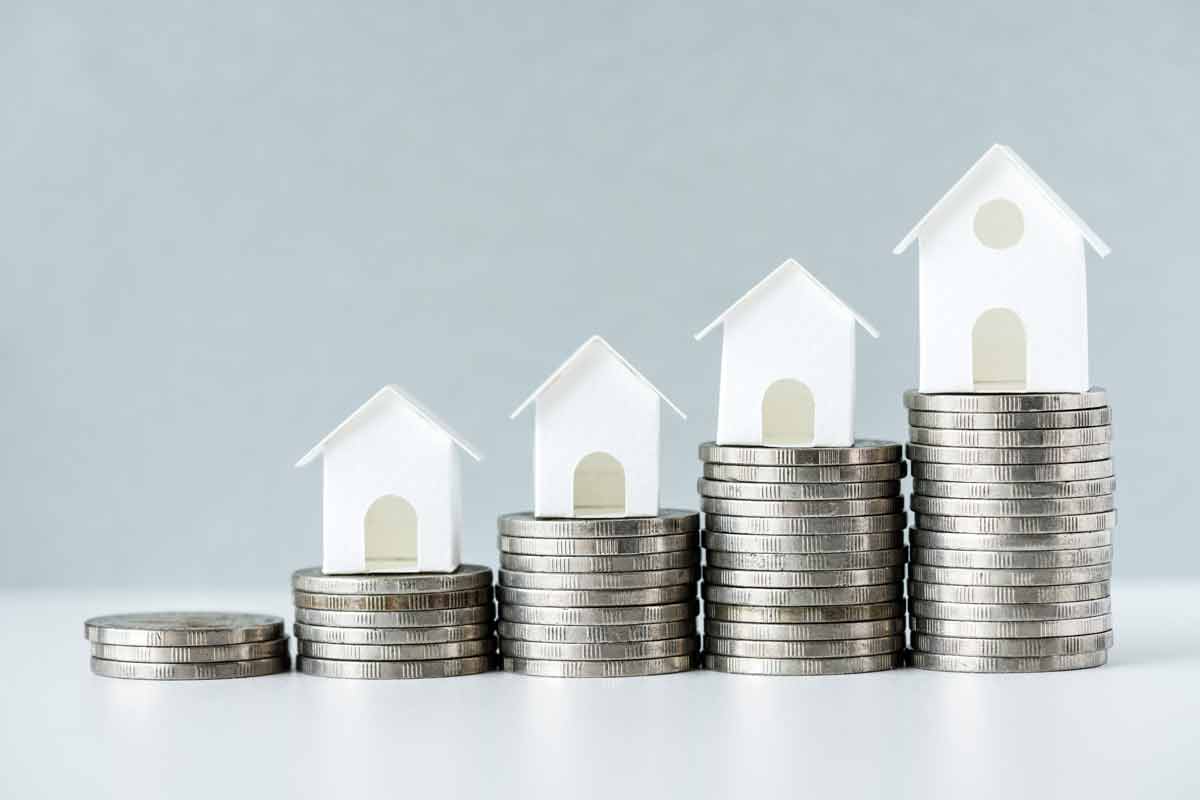Australia’s bank regulator is keeping a close eye on continually climbing house prices, which look set to keep rising before the country’s regulators take active steps to slow the pace of the property market.
Despite the pandemic upheaval that has impacted on so many industries and households, the latest official figures* reveal that there has been very little decline in lending standards in the latter part of 2020.
Property prices are soaring
Although the rate that properties around the nation are climbing in price, the regulators have been clear that, so far, they do not see a rise in high-risk loans. With auction clearance rates supporting the evidence that a huge surge of potential home-buyers are flooding into the buying market, a recent survey shows that home-buying intentions have reached their highest level since 2015.
But even as the resulting price rise soars to meet increased demand, the Australian Reserve Bank is still hesitant to see low interest rates climb higher, in order to slow the current boom in the property market.
Other measures that could be employed, instead, include the potential introduction of limits on low-deposit loans, or the news that high debt-to-income ratios may be implemented in late 2021, or even early 2022.
Such a decision would be made by the Australian Prudential Regulation Authority (APRA) but would most likely only be introduced if solid evidence showcasing risky lending emerges. This evidence could include rapid growth in mortgage lending, a sudden increase in loans to investors, heightened interest in interest-only loans, or other unspecified slumps in lending standards.
APRA warns of a rise in risky borrowers
In a recent news report, an APRA spokesperson warned of a potential rise in borrowers who are unable to meet their mortgage payments, as the coming months sees both loan deferral periods, and government stimulus packages, end.
Owner-occupiers drive recent property boom
In the period to the December quarter, 2020, the value of new loans for owner-occupiers rose by more than 23 per cent, with loans to investors showing a smaller increase of just 13.7 per cent. When it comes to new loans that are written off as interest-only – loans that do not require the borrower to pay off principal for up to five years – also rose, with figures showing an increase of more than 31 per cent for the same period the previous year.
The trend of increased debt
In the past 12 months, there has been a staggering 26.3 per cent rise in loans that are at least six times the borrowers’ income. Also, loans with just five per cent deposits were also up, with figures showing a rise of 27.4 per cent more people borrowing 95 per cent of the property price, when compared with figures in the previous year.
Finding your ideal property
But with online searches for property all across the country rising, some banking experts forecast a continued property price hike of around eight per cent in 2021, followed by a further six per cent rise in 2022.
Quality, not quantity
Whether or not the regulator takes action, or when that action might be taken, will be decided upon analysis of key metrics – making sure that loan-to-valuation ratios do not climb too high, and that people are not taking on unrealistic debt – to focus on the quality of loans being delivered to consumers, rather than the amount of overall debt.
*Source: Commonwealth Bank Household Spending Intentions study
For specialist support with mortgages and loans, talk to our experienced Brokers at Lending Specialists today.










